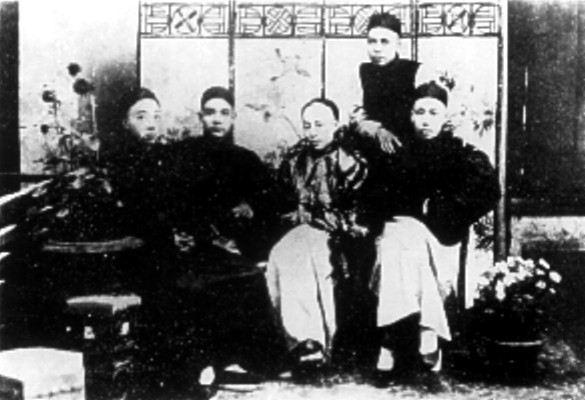Hong Kong has a long history of British influence dating back to the Qing Dynasty, and Chinese culture was heavily influenced by British ideologies. Hong Kong especially was fertile for this kind of revolution in thought, because it was a thriving trading port and had heavy contact with foreigners. When Hong Kong was ceded to the British, they eventually brought some of the concepts that would form modern medicine as we know it.
The London Missionary Society, a non-denominational group of evangelicals, opened the Hong Kong College of Medicine for Chinese in 1887. Their goal was to use both faith and medical knowledge to educate students and help to convert them to Christianity. That concept worked on Sun Yat-Sen, who was heavily influenced by his time spent at the College of Medicine.
He was one of only two graduates from the college’s first round of students, and he was baptized very nearly after.
One of the founding members of the Hong Kong College of Medicine for Chinese, was Doctor Patrick Manson. His work included discovering that filariasis, which is an infection of round worms, could be transferred by mosquito. That discovery would form the basis of malariology, or the study of malaria.
In 1907, the school became known as the Hong Kong College of Medicine, and became authorized to sign death certificates. In 1911, the college became School of Medicine of the University of Hong Kong, but early graduates had a problem acclimating to Chinese society. Most people struggled to accept the pragmatic Western approach, but modern medicine did eventually catch on after the revolution that started the Republic of China.
About the Author: Samuel Phineas Upham is an investor at a family office/ hedgefund, where he focuses on special situation illiquid investing. Before this position, Phin Upham was working at Morgan Stanley in the Media and Telecom group. You may contact Phin on his Samuel Phineas Upham website or LinkedIn.

